The rule is, everything in this hoop must be.....
Teacher: Everything is red? (points to a bear) Is this red? (points to triangle) is this red?
Now we can say that the rule for this hoop is that everything inside this hoop must be red.
What about this hoop? What could be the rule for this hoop? Everything in this hoop must be....
Teacher: They are all different colors. That's a way that they are different. Is there a way that they are all the same?
Teacher: Yes, some of them are red. Are all of them red? (points to red one) Is this one red? (points to another red) Is this one red? (points to a yellow) Is this one red? (points to a blue) Is this one red?
Are all of them red?
Student: No....
Teacher: Then that can't be our rule. Everything in this hoop is the same in some way. How are they all the same?
Student: They're bears.
Teacher: Are they ALL bears? (points to one) Is this a bear? (points to another) Is this a bear?
Our rule for this hoop can be that everything in this hoop must be a bear.
Teacher slides the two hoops so that they overlap.
Student: Bear!
Teacher (points to the red hoop): And everything in this hoop has to be...
Student: Red!
Teacher: And here, in the center, it is part of the yellow hoop (teacher outlines yellow hoop with pointer finger). It is also part of the red hoop (teacher outlines red hoop). Since it is part of this hoop, everything in here has to be a bear. It is also part of this hoop (teacher outlines red hoop), which means that it also has to be....
Student: Red!
Student: Red!
Teacher: Can you find anything that belongs in the center? Something that is a bear and red?
The products used in this lesson are Attribute Blocks and Counting Bears.
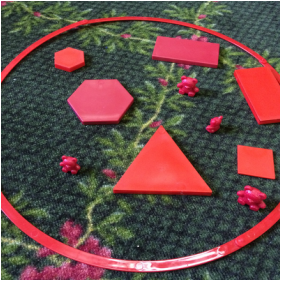
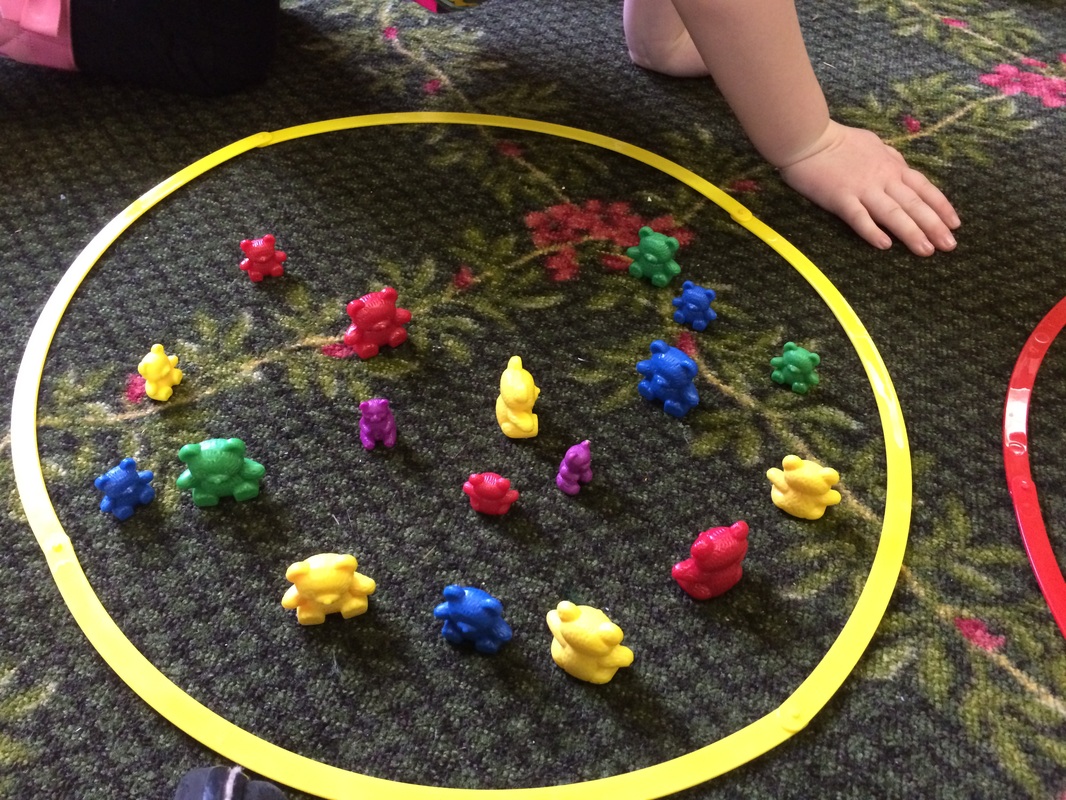
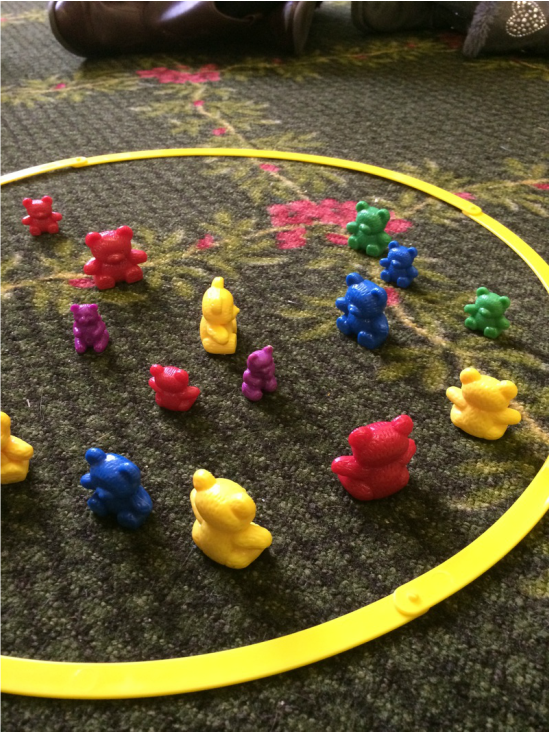
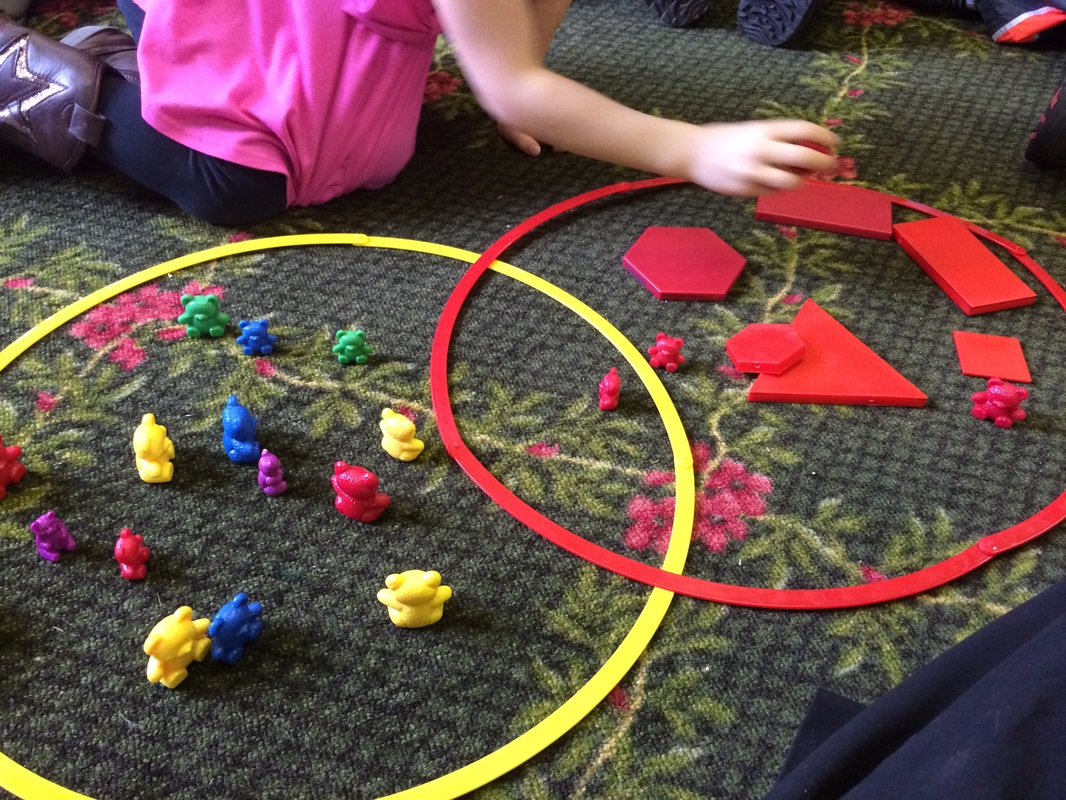
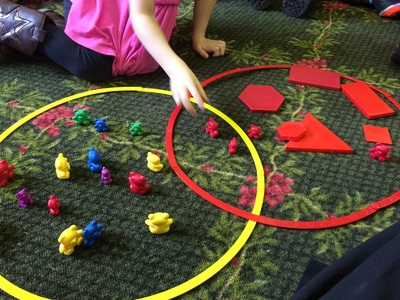
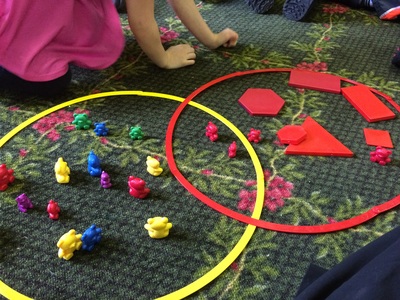
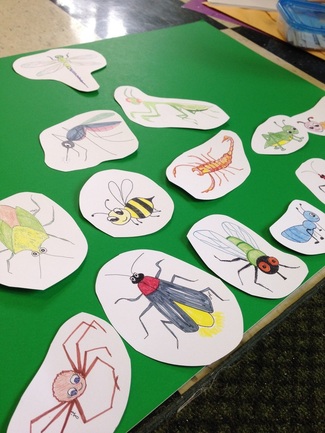
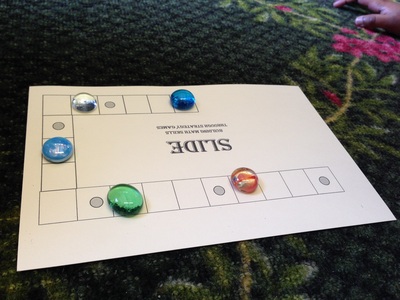
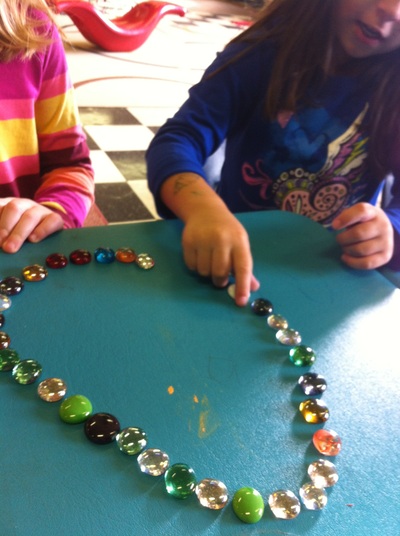
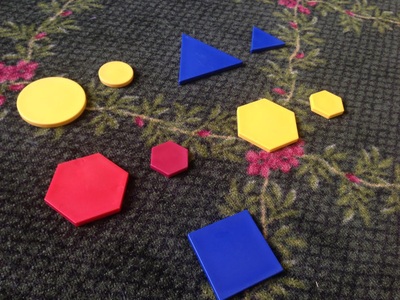
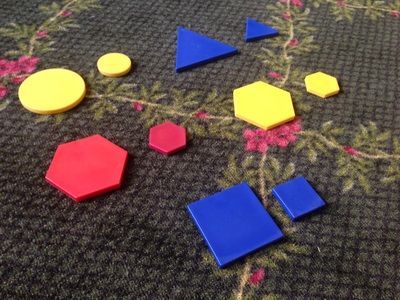
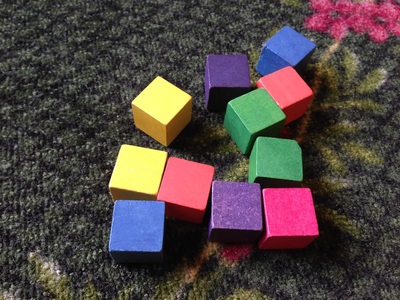
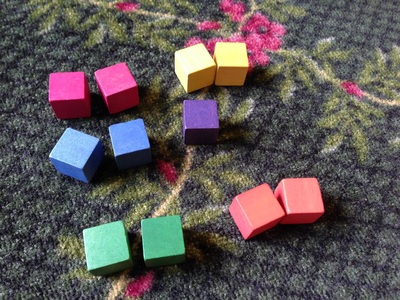
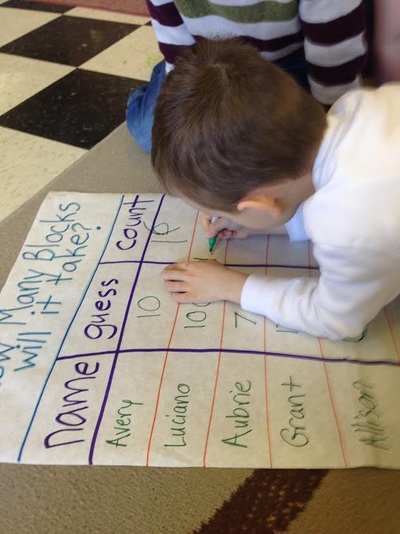
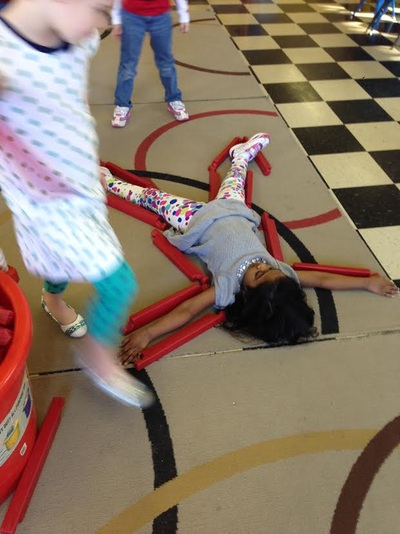
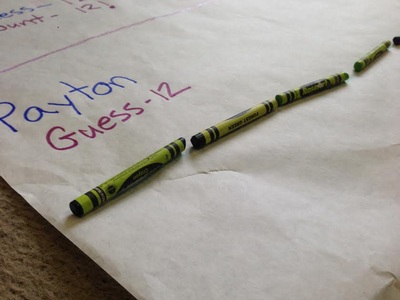
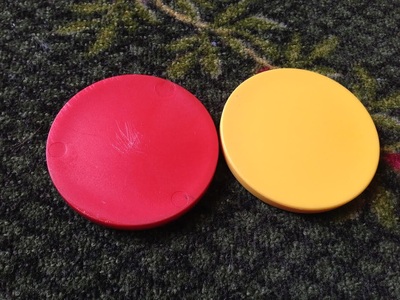
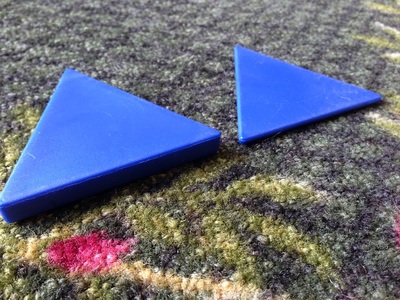
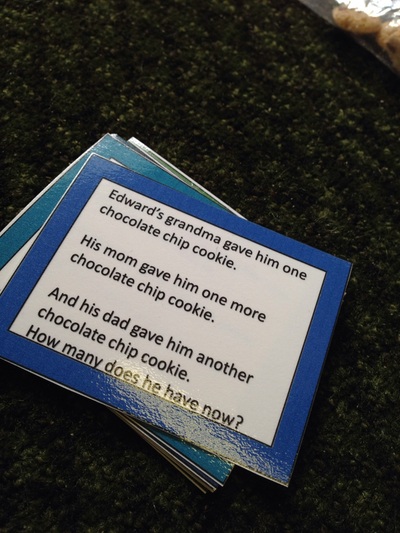
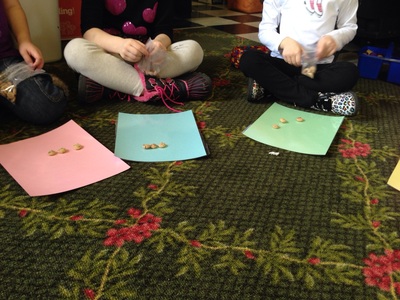
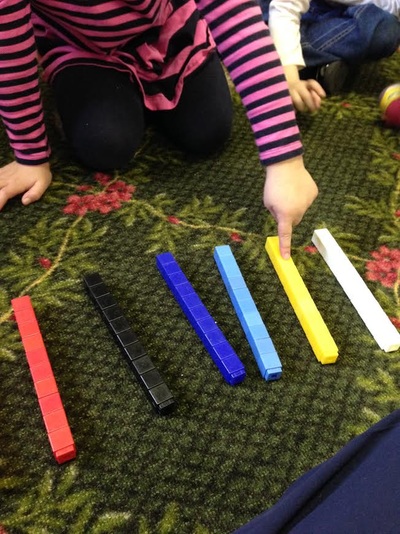
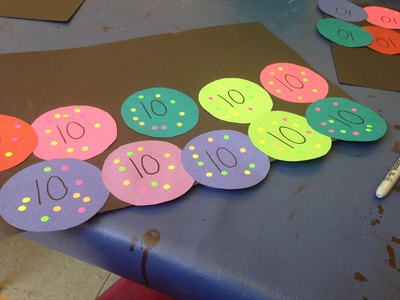
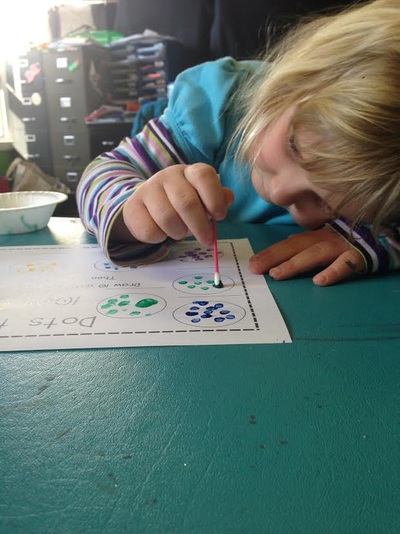
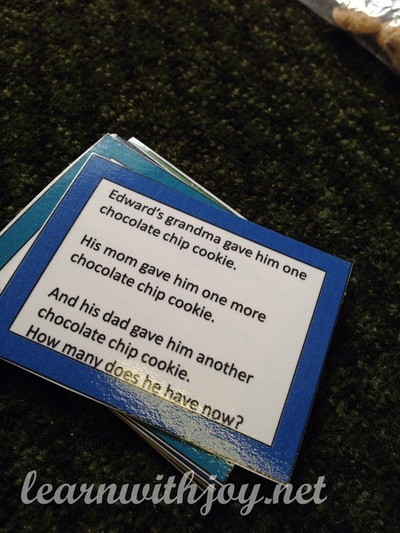
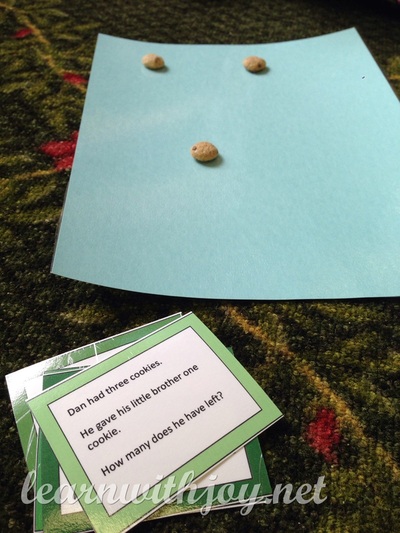
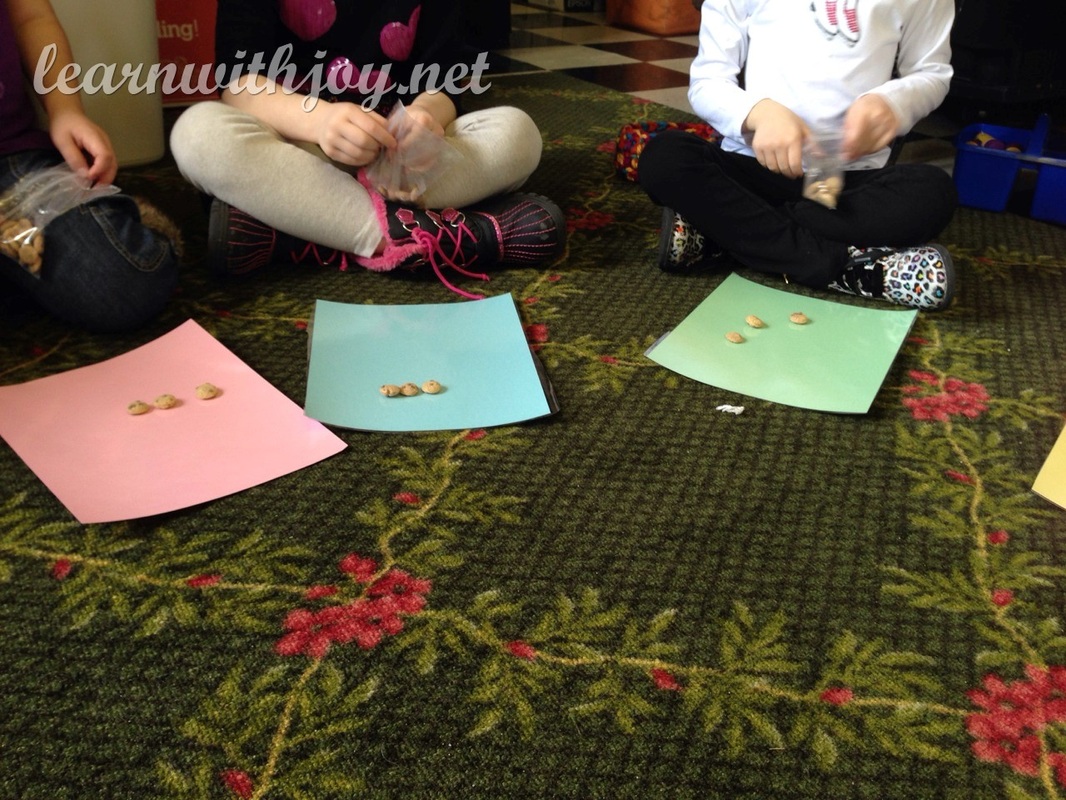
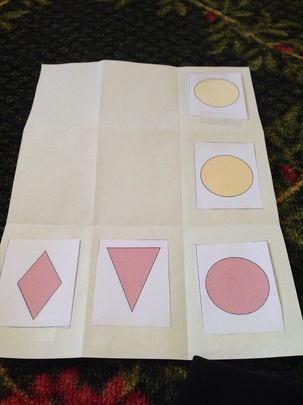
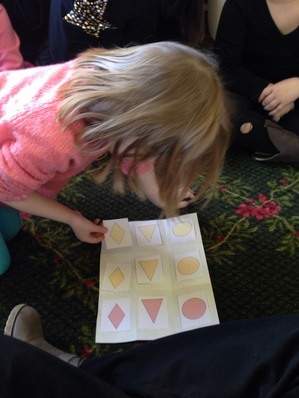
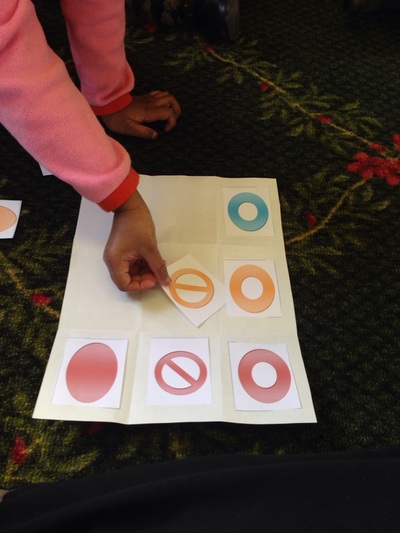
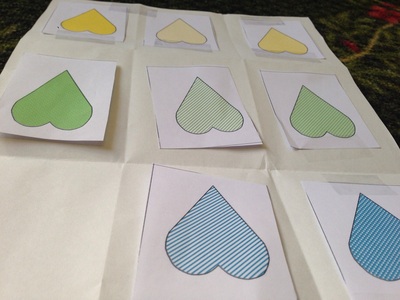
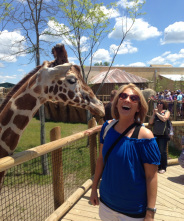
 RSS Feed
RSS Feed